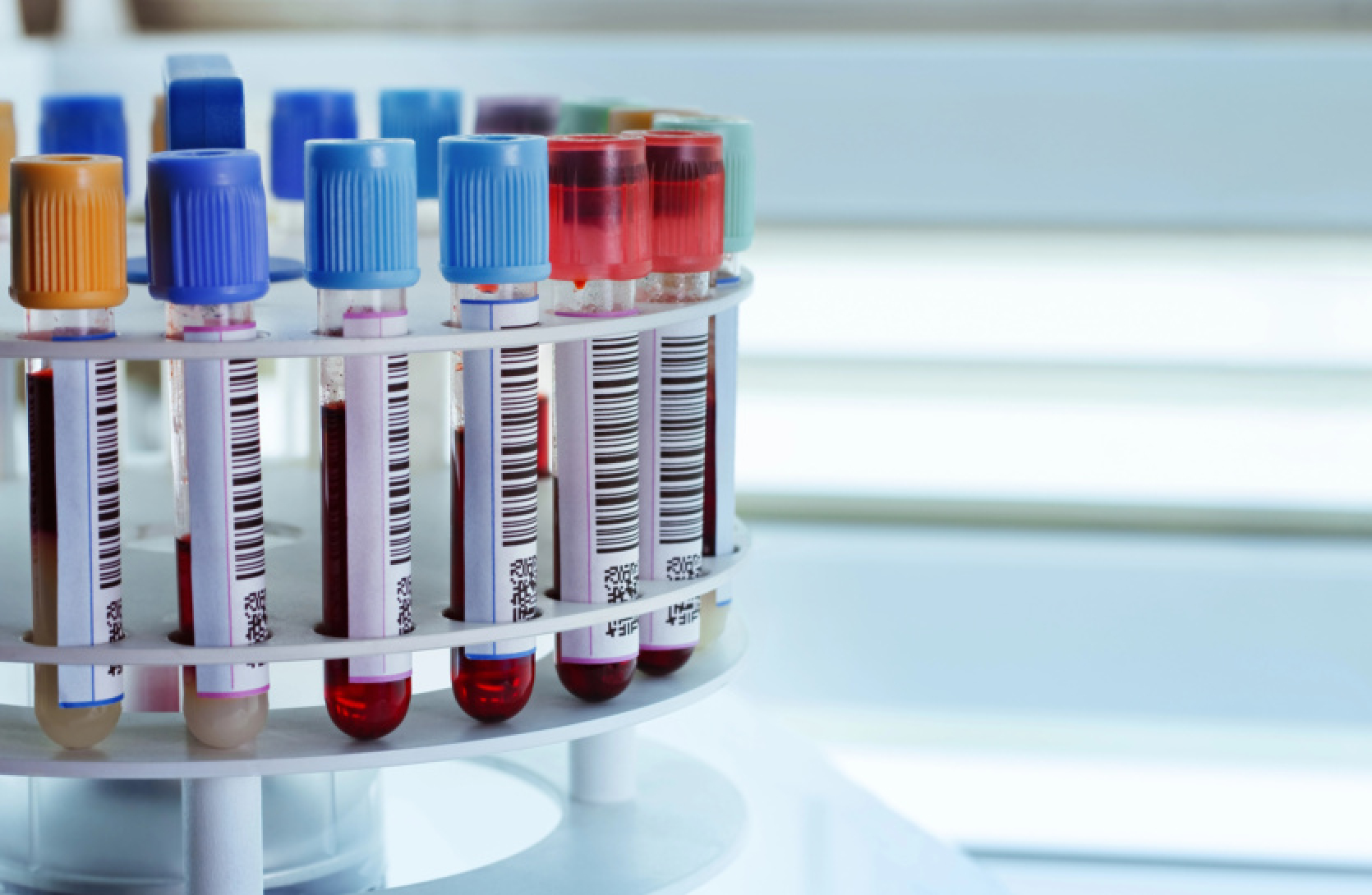A group of researchers have developed a blood test that uses artificial intelligence to predict Parkinson's disease seven years before symptoms appear.
Parkinson's disease is a neurodegenerative disorder characterized by tremors, rigidity, and slowness of movement, and is the fastest-growing neurological condition worldwide. Early diagnosis has been a problem, but this new study is quite promising.
Currently, the diagnosis of Parkinson's disease is based on observing movement-related symptoms. However, significant damage has already occurred in the brain before they appear. However, this new blood test could revolutionize the treatment of Parkinson's disease.
Early detection will allow doctors to intervene before the disease significantly progresses, potentially slowing or even halting its development. The artificial intelligence-based test analyzes a panel of eight blood biomarkers that change in patients with Parkinson's disease. Researchers carefully screened blood proteins to identify new biomarkers, and then selected those already proposed in existing studies.
During clinical trials, the machine learning algorithm achieved an astonishing 100% accuracy in diagnosing the disease. The researchers then went further by investigating the test's ability to predict the future development of Parkinson's disease.
The study focused on patients with REM sleep behavior disorder (iRBD), where individuals physically act out their dreams. Approximately 75-80% of patients with iRBD eventually develop synucleinopathies over time, a group of brain disorders characterized by the accumulation of alpha-synuclein protein associated with Parkinson's disease. The artificial intelligence tool analyzed blood samples from these patients and found that 79% of the blood profiles of iRBD patients matched those of people with Parkinson's disease.
Even more impressively, the researchers followed these patients for ten years. The AI predictions proved correct: the team correctly identified 16 people who developed Parkinson's disease, some as early as 7 years before any symptoms appeared.
This extended observation period enhances the test's reliability and underscores its potential for early intervention.
Source: interestingengineering













Comments (0)
There are no comments for now